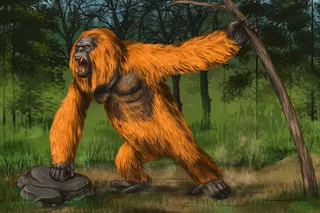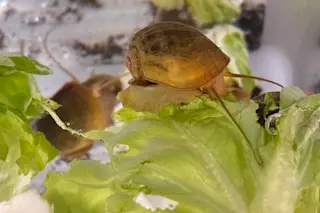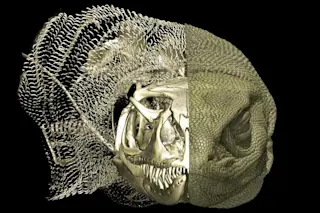I have been living in Hawaii for six years now, and I have once, and only once, caught a glimpse of the snakes that call these islands home.
Meet the brahminy blindsnake, the only snake species to have successfully established in Hawaii. Photo by Mark Yokoyama. Yes, you read that right: there are snakes in Hawaii. Technically, there are two species that can be found here, but the yellow-bellied sea snake is so rare it almost doesn't count. The other — the brahminy blindsnake — is actually quite common, though it's easy to understand why it's often overlooked: these small, black creatures only grow to be about six inches long and dwell in the dirt. They are often mistaken for worms because of their diminutive size and underground lifestyle. The same species can be found worldwide: natively throughout Asia and Africa and non-natively in several places, including Hawaii. They're also ...













